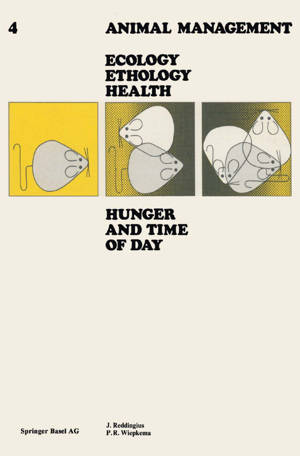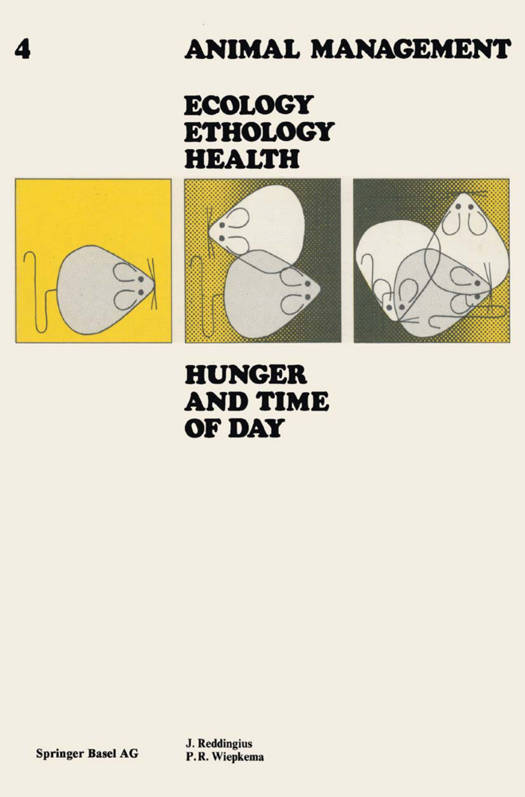
- Afhalen na 1 uur in een winkel met voorraad
- Gratis thuislevering in België vanaf € 30
- Ruim aanbod met 7 miljoen producten
- Afhalen na 1 uur in een winkel met voorraad
- Gratis thuislevering in België vanaf € 30
- Ruim aanbod met 7 miljoen producten
Zoeken
Omschrijving
In constructing models for the explanation and prediction of feeding behaviour, it has been attempted to define the state of the animal in terms of caloric defi- cit and amount of time spent eating already. These models of feeding behavior contain a negative feedback loop (caloric deficit induces feeding, which reduces deficit and increases satiation, which in turn checkes feeding) and a positive feedback loop (eating, once started, tends to persist). But it is not yet clear how the day-night rhythmicity which animal behavio are known to possess, should be incorporated in a model. In order to make progress, data on the rhythmicity of feeding behavior, and the interplay between caloric deficit and time of day, are needed. A survey of important data from the literature concerning feeding rhythms in rats and mice is given. Different methods for measuring food intake and/or behavior closely related to feeding as a function of time have been used; each of these methods suffers from serious drawbacks. In general, these animals eat more during the dark period of the day than during the light period. With rats, very often two maxima occur, one just after the onset of dark, and another just before the onset of light. Meals taken during the light period by rats appear to be smaller on the average than during the dark period, and the reverse holds for pauses between meals.
Specificaties
Betrokkenen
- Auteur(s):
- Uitgeverij:
Inhoud
- Aantal bladzijden:
- 49
- Taal:
- Duits
- Reeks:
- Reeksnummer:
- nr. 4
Eigenschappen
- Productcode (EAN):
- 9783764309541
- Verschijningsdatum:
- 1/01/1977
- Uitvoering:
- Paperback
- Formaat:
- Trade paperback (VS)
- Afmetingen:
- 156 mm x 234 mm
- Gewicht:
- 86 g

Alleen bij Standaard Boekhandel
+ 98 punten op je klantenkaart van Standaard Boekhandel
Beoordelingen
We publiceren alleen reviews die voldoen aan de voorwaarden voor reviews. Bekijk onze voorwaarden voor reviews.











